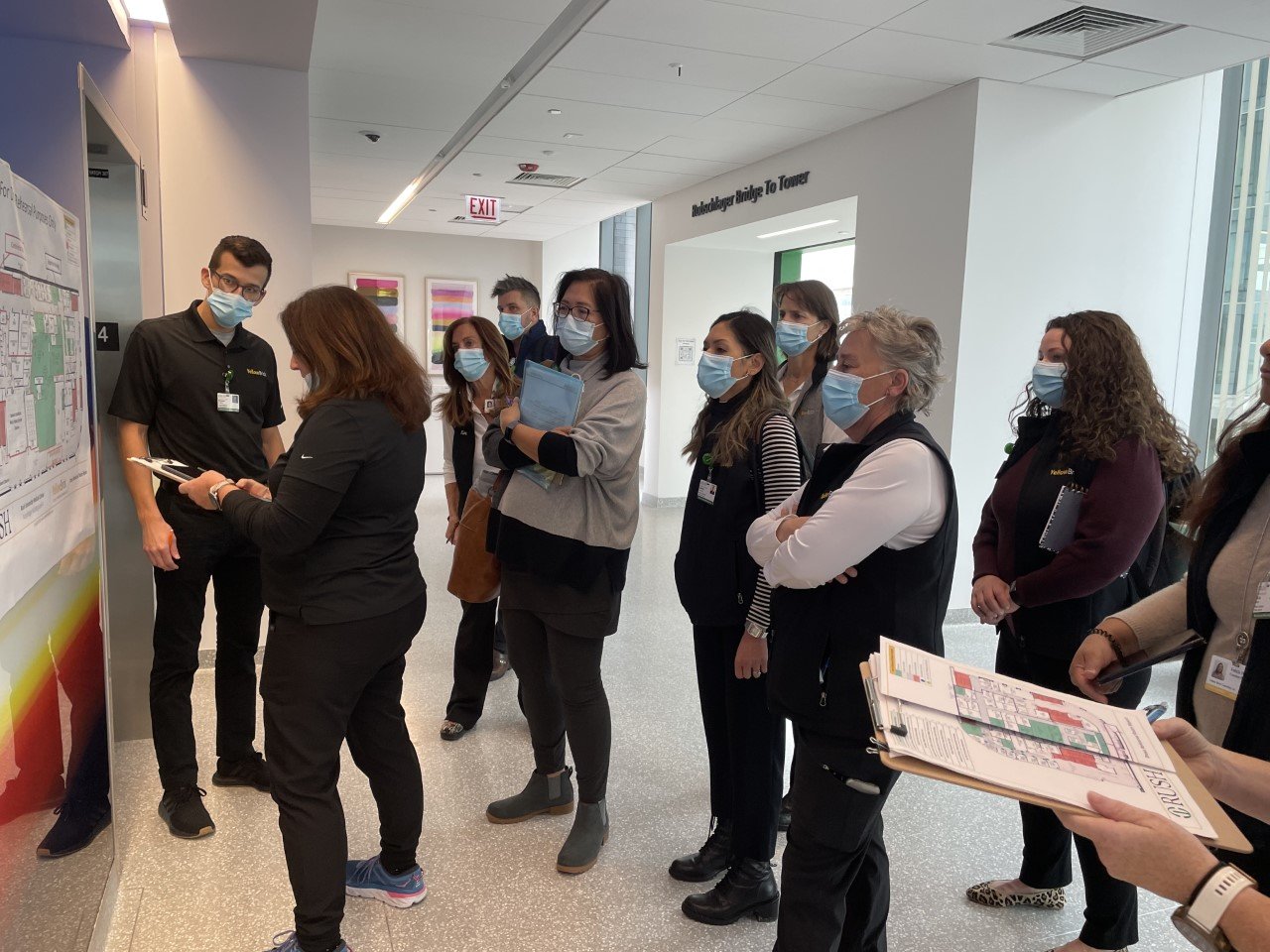Blog Contribution by NIHD Board Member Kate Newcomb-DeSanto MSN, RN, MSW, EDAC.
A high performing team is a group of people who share a common vision, goals, and values, and who collaborate effectively to achieve exceptional results. A high performing team is not just a collection of individuals who happen to work together, but rather an intentional, cohesive unit that leverages the strengths and skills of each member.
Building a high performing team is not an easy task, but it can bring many benefits to your organization and your team members, such as:
Increased productivity:
A high performing team can deliver more output in less time and with fewer resources, by working smarter and faster. They can also optimize their processes and systems, and eliminate waste and errors.
Enhanced innovation:
A high performing team can generate more ideas and solutions, by tapping into their collective creativity and diversity. They can also experiment and learn from their failures, and adapt to changing needs and opportunities.
Improved customer satisfaction:
A high performing team can meet or exceed customer expectations, by understanding their needs and preferences, and delivering high-quality products or services. They can also build trust and loyalty with their customers, and respond to their feedback and complaints.
Higher employee engagement:
A high performing team can boost employee morale and motivation, by creating a positive and supportive work environment. They can also foster employee growth and development, by providing feedback, coaching, mentoring, and recognition.
Here are some steps you can take to build a high performing team, as well as some common mistakes to avoid:
1. Define the purpose and objectives of the team:
A clear and compelling purpose is the foundation of a high performing team. It gives the team members a sense of direction, motivation, and alignment. The purpose should answer the questions: Why does this team exist? What value does it create? How does it contribute to the organization's mission and vision? The objectives should be specific, measurable, achievable, relevant, and time-bound (SMART), and they should be aligned with the purpose. A common mistake is to have a vague or unrealistic purpose or objectives that do not inspire or challenge the team.
2. Select the right people for the team:
A high performing team consists of people who have the right skills, knowledge, attitudes, and behaviors for the task at hand. They should also have complementary strengths and weaknesses, so that they can leverage each other's abilities and compensate for each other's gaps. To select the right people for the team, you should consider factors such as: What skills and expertise are needed for the project? What are the roles and responsibilities of each team member? How well do they fit with the team culture and values? How diverse is the team in terms of backgrounds, perspectives, and experiences? A common mistake is to select people based on their availability or seniority rather than their suitability or potential for the team.
3. Establish clear roles and expectations:
A high performing team has clear roles and expectations for each team member, as well as for the team leader and the team as a whole. This helps to avoid confusion, conflict, and duplication of work, and to ensure accountability and ownership. Roles and expectations should be defined and communicated at the beginning of the project, and they should be reviewed and adjusted as needed throughout the process. Some questions to ask when defining roles and expectations are: What are the tasks and deliverables of each team member? How will they communicate and coordinate with each other? How will they measure and report their progress and performance? How will they handle feedback and challenges? A common mistake is to have unclear or overlapping roles and expectations that create ambiguity or tension among team members.
4. Foster trust and collaboration:
A high performing team has a high level of trust and collaboration among its members. Trust is the glue that holds the team together, and it enables open communication, constructive feedback, mutual support, and shared learning. Collaboration is the engine that drives the team forward, and it enables creativity, innovation, problem-solving, and decision-making. To foster trust and collaboration in your team, you should: Encourage regular communication and feedback among team members. Use tools such as online platforms, video calls, chat groups, etc., to facilitate communication. Create opportunities for social interaction and relationship building among team members. Organize activities such as icebreakers, games, lunches, etc., to help them get to know each other better. Recognize and celebrate individual and team achievements. Acknowledge and appreciate each team member's contributions and efforts. A common mistake is to have a low level of trust or collaboration that leads to silos or conflicts within the team.
5. Provide support and guidance:
A high performing team has a supportive and guidance-oriented leader who empowers the team members to perform at their best. The leader's role is not to micromanage or dictate every action of the team, but to provide direction, resources, feedback, coaching, and mentoring to help them grow and develop. The leader should also act as a role model for the team by demonstrating the desired behaviors and values. To provide support and guidance to your team, you should: Set clear goals and expectations for the team and monitor their progress regularly. Provide timely feedback on their performance strengths areas for improvement. Offer coaching or mentoring sessions to help them develop their skills or overcome challenges. Provide resources or training opportunities to help them learn new knowledge or tools relevant to their work. A common mistake is to have a lack of support or guidance that leaves the team feeling lost or frustrated.

